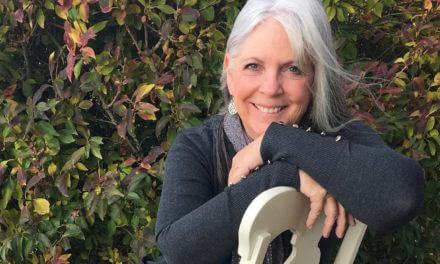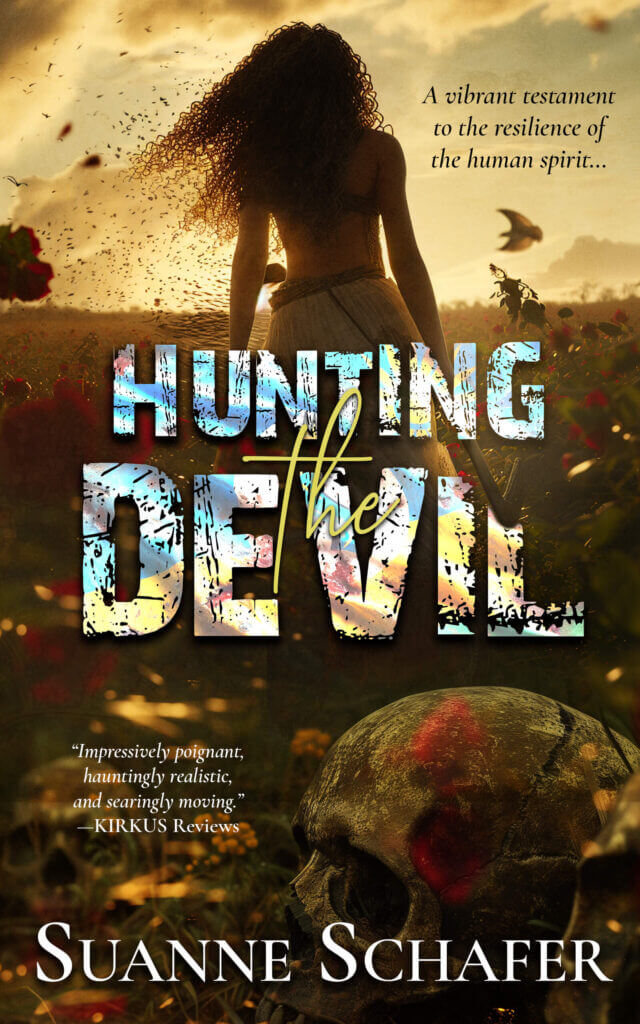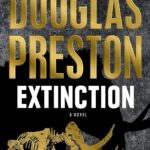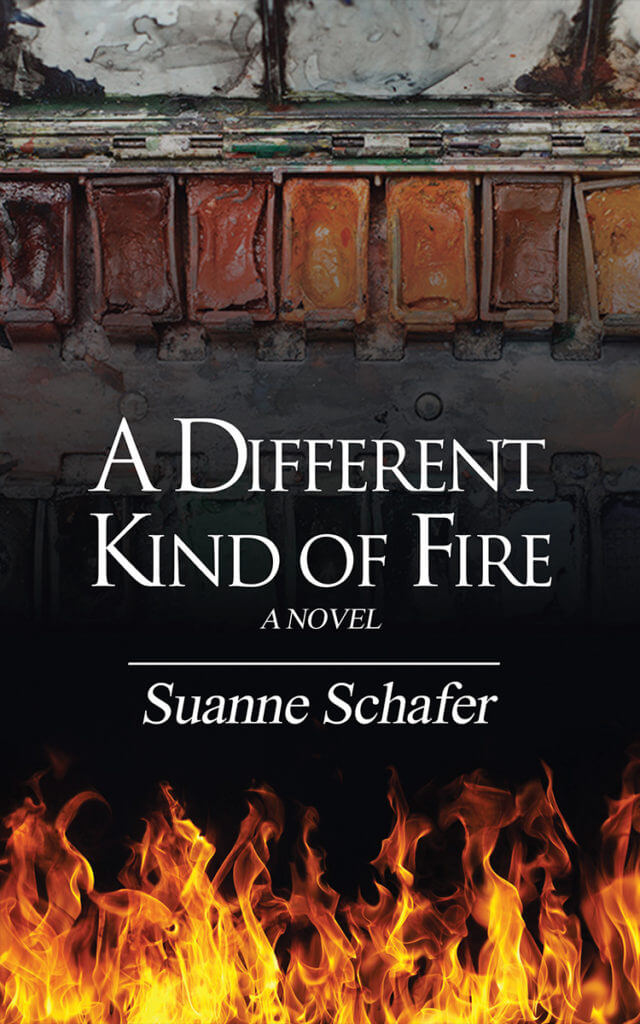
Joining me today is author Toni Mount. Her first book, about the lives of ordinary people in the middle-ages, Everyday Life in Medieval London was published in 2014 by Amberley Publishing. The first print run sold out quickly, and it was voted ‘Best history book of the year’ at Christmas 2014 on Goodreads.com. The Medieval Housewife followed in November 2014 and Dragon’s Blood & Willow Bark in 2015. A Year in The life of Medieval England, a diary of everyday incidents through an entire year, was published in 2016. Toni is married with two grown up children and lives with her husband in Kent, England. When she is not writing, teaching or speaking to history groups, she reads endlessly, with several books on the go at any one time. She is currently working on The Colour of Shadows, the next Sebastian Foxley murder mystery and The World of Isaac Newton, her next non-fiction.

SS: Hi, Toni, tell us how you became a writer, and what early experience in your childhood contributed to this career?
TM: Before I learned to read and write, I made up stories. If he could only talk, my poor moth-eaten teddy bear would reveal my earliest flights of imagination. My parents were brilliant story-tellers so I suppose the urge to create tales may be genetic, or else they inspired me. At school, writing stories – composition, as it was called then – was always my favourite lesson. The tales opened with great beginnings but then rushed towards rubbishy endings because there was never time enough to build characters and situations and write a proper denouement. The school holidays were my opportunity to spend time writing – a bit nerdy, I know – but I felt I’d achieved something when a story had a good ending, even if nobody ever read it but me.

An Open University Creative Writing Course changed that: I discovered other people enjoyed reading my stuff. I sent an idea for a factual history book to Amberley Publishing. They liked my style and commissioned Everyday Life in Medieval London which got to no.1 in the ‘GoodReads’ list of factual books for 2014. I also wrote articles and online history courses for MadeGlobal Publishing and during a lull in production, they asked if I had ‘anything else’? I was daring enough to tell them about a novel that I’d written as part of the OU course. On Friday, I sent them the synopsis and first three chapters; Saturday they asked for the rest of it; Monday they emailed me a contract. That was it: the first Sebastian Foxley medieval murder mystery The Colour of Poison was published in March 2016. The seventh novel in the series, The Colour of Lies was published in April 2019.
SS: Could you say something about your relationship to your fictional characters? How autobiographical do you think your fiction is?
TM: I think every writer must put a tiny piece of themselves into every character they invent, if they want to give that character life. Even the worst villain you can invent needs a smidgeon of humanity to make them realistic and where can that come from but the writer? When I wrote a Victorian melodrama, The Death Collector, much of the story was told by the murderer. When he read it, my son was shocked: ‘I always thought you were such a nice person, Mum,’ he said. But there’s a bit of a dark side in all of us. A writer has to make use of it.
SS: My son says the same thing about me! So, Toni, what are you working on at the moment?
TM: Apart from author interviews and articles to publicise The Colour of Lies, I write regularly for the Richard III Society’s quarterly Bulletin and for the monthly online magazine Tudor Life, plus the occasional freelance piece for other hard copy history journals. I’m currently writing a factual book for Amberley Publishing, The World of Isaac Newton, [deadline 1stOct 2019], looking at the famous scientist in the context of what was going on around him during his long life, setting his work and achievements against a historical background. I’ve also been commissioned by Pen & Sword Books Ltd to write two titles: How to Survive in Medieval England, [deadline 1stJune 2020], and Sex and Sexuality in Medieval England, (which should be fun to research), [deadline 1stMarch 2021]. Then there is the next Sebastian Foxley mystery, The Colour of Shadows, which currently evolving. This has no definite deadline, but my publisher confidently added the words at the end of Lies, ‘Shadows is due out later this year!’ So, fingers crossed for that. And then there are all the other ideas brewing in my head: a sequel to my Victorian murder mystery, The Death Collector; an Isaac Newton mystery suggested by Heffer’s Bookshop in Cambridge; an off-shoot novel for one of the secondary characters in the Seb Foxley series and then The Colour of Evil, if I’m still here … Phew!

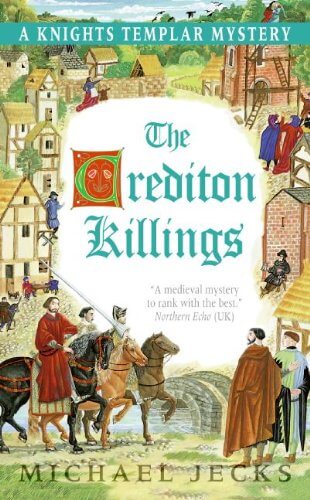
SS: I loved Ellis Peters’s The Chronicles of Brother Cadfael series and Michael Jecks’s Knights Templar Mystery series, so I’m looking forward to getting acquainted with your Seb Foxley. Back to the topic of writing, Khaled Hosseini (The Kite Runner) says that he feels he is discovering a story rather than creating it. Are you a plotter? Or do you let the novel develop organically?
TM: I agree with Khaled. I feel as though the story already exists and I am like an archaeologist, finding, excavating, brushing off and exposing each facet to the light of day, then putting it in chronological order and making clear the meaning. I’m really not a plotter.
SS: Me, either! Sorry for the interruption!
TM: There are two schools of thought here: writers who lay out the story and have the ending sorted before they begin. But I belong to the Stephen King school of seat-of-the-pants writers. King says he starts out with a character, puts them in a situation, winds them up, lets them go and sees what happens. He has no idea of the ending until he gets there. I think writing would be boring, if I knew what was going to happen. After all, if events surprise me, then they should surprise the reader – which is good. Also, if the writing is going well, the characters take over the action and, if I don’t like what they do, I can change it. After all, in their world, I am God. However, my general plotline, what there is of it, goes something like this:
- Hero going along merrily
- Something bad happens
- Something worse happens
- One problem solved
- Another even bigger problem takes its place
- Hero wades out of the mess, solving the difficulties pretty much but not entirely, leaving a thread to start the next novel

To any aspiring writer, I would recommend Stephen King’s On Writing – A Memoir of the Craft [2012]. It’s part autobiography and part ‘how to’ book. It gave me confidence to write in my own way, without a plot, knowing I’m in such illustrious company.
SS: I am amazed at how many authors recommend that book! If you were deserted on an island, which three people would you want with you? Why? One fictional character from your book; one fictional character from any other book; one famous person.
TM: FromThe Colour of Lies, I’d choose Seb’s relative from Norfolk, Adam Armitage. He’s hard-working, sensible, capable and easy to get along with. Lee Child’s Jack Reacher would be my other fictional choice because he can survive anything and defend us from every horror. My famous person would be the most practical and useful guy I can think of: Bear Grylls. His knowledge would keep us fed, watered and sheltered. You may notice a bit of a theme here: I intend to get through my ordeal with an awful lot of help from my friends.
SS: Intriguing choices! Having written a historical fiction novel myself, I think the key trick is transporting readers to another time and place without overloading them with historical information. So how much detail is too much, and how do you make sure your long hours of research don’t show up on the page?
TM: In my medieval, murder mysteries The Colour of … series, the action is set in London in the 1470s. For over forty years, studying the second half of the fifteenth century was, firstly, my hobby, and then became my work as a teacher, lecturer, re-enactor and history author. In that time, I inhabited the present day but seemed to spend as long immersed in the medieval world. This means that masses of historical information is no longer ‘research’ but an alternative reality that exists in my head and appears at my fingertips as I type. I know how medieval ale was brewed, but I wouldn’t put the method in my novel any more than I would tell a reader how a modern detective makes a cup of instant coffee – unless it’s vital to the storyline. But having a full sensory image of life in medieval London in my head is vital if I want the reader to smell the stench, feel the mud underfoot, taste the ale and hear the clanging of bells. Often, a single small detail can convey more than pages of ‘historical information’ anyway. For example: ‘a sleek, dark shape scuttled out of the midden heap, its naked tail disappearing through a cleft in the church wall’. Now the reader knows the rats are well fed, the area smells terrible and even the church is in disrepair and verminous, yet I never told them any of that. It’s all about letting the reader build the picture for themselves.
One way of giving the reader extra information without it sounding like a lecture is to have one character explain it to another. Arthur Conan Doyle does this all the time, having Sherlock Holmes explain his reasoning and methods of deduction to Dr Watson who’s always in the dark. It’s not so much for Watson’s enlightenment, but for the reader’s. In my stories Tom and Jack, the apprentices, play much the same role for Seb Foxley as he unravels the clues.
SS: In your novels, The Colour of … series, how do you strike a balance between getting the ‘feel’ of the language of the fifteenth century without using archaic words that would require the reader to have a dictionary of medieval English in order to comprehend the dialogue? Also, how do you get into the mind-set of a person of that period?
TM: If I really have to use an archaic word, ignoramus Jack can always ask ‘Wot’s that mean, master?’ and Seb will explain. However, oldie-worldie words don’t add much to a story, so I rarely use them. Instead, I give just one or two characters – Seb and Duke Richard – a mock-medieval way with words. For example, Seb would say ‘Be you certain?’ rather than ‘Are you certain?’ It’s an unobtrusive way of making him sound different to a modern speaker, yet the reader hardly notices it. As for getting into a medieval mind-set, human feelings haven’t changed but what was important has. The Roman Catholic religion affected every aspect of daily life, from what people ate to how they cursed. God and Satan were very real and ever present. Social status was everything and boldly advertised: people were supposed to dress according to their rank, as stated in the sumptuary laws. It may sound absurd to us but if one man had to step aside in the street for another, it was vital to be able to tell from their clothing who was more important and who should remove his cap and make way. There were complaints at the time that wealthy merchants dressed better than impoverished lords, causing great confusion regarding the status of each and therefore how to behave appropriately.
SS: One interesting thing about writing historical fiction is that both writer and reader have the benefit of hindsight while the characters in the novel do not. How do you use this to your advantage in your book?
TM: Hindsight has to be set aside to a great extent. For example, in my The Colour of … series, I know and readers probably know that in a few years’ time, Duke Richard is going to become King Richard III in controversial circumstances but nobody could have known or even guessed that in the 1470s. However, in my earlier novels, Seb has seen the duke as his guardian angel – almost too good to be true – but in my next, The Colour of Shadows, one or two cracks are going to appear in Richard’s saintly character in order to make his taking of the crown in the future more believable… if the series goes that far. And then there will be the battle of Bosworth: who could have foreseen the outcome of that?
SS: In crime/mystery/thrillers, do you prefer tidy endings or can you leave a few loose ends?
TM: I’m not precious about being tidy: the teetering piles of books, magazines and paper on my desk prove that. In a crime novel, I think the reader deserves to have most of the questions answered to some extent. They should find out who is the culprit even if the culprit gets away. That said, I recently read a Scandi-noir by Arne Dahl, Watching You. At the end all is resolved, the baddie gets his come-uppance and then, in the final paragraph, [spoiler-alert] another victim is found that could not have been killed by the baddie … A big, fat loose end if ever there was one, yet it didn’t spoil the book at all. In my novels, I tend to solve the crimes but leave the more personal issues in my hero’s life dangling. After all, life’s events are only wound up when death intervenes, and Seb Foxley has got a few adventures left in him still.
SS: Why do you think so many women write crime fiction?
TM: Good question. Perhaps my son’s comment above, made after reading one of my stories, gives a clue: ‘I always thought you were such a nice person, Mum.’ Could it be that women are, mostly, nice, kind, law-abiding citizens? We don’t want to hurt people or end up being arrested – certainly not for real, anyway. However, we’re not angels. For myself, if there were no risks of suffering consequences, I have a list of politicians I’d like to strangle; any number of so-called celebrities requiring my boot on their posterior and too many overpaid city types who should have their bank accounts robbed and given to deserving causes. And as for litter louts – don’t get me started. See? That’s why I write crime fiction. I can’t put the real world right but I can vent my frustrations on the page, harm no one and put a fictional world in order. I can’t speak for other women writers but it works for me. Perhaps that also explains the Harris Poll results, that women find an outlet for their suppressed criminal tendencies in reading a good thriller or testing their detective aspirations, pitting their wits against a fictitious baddie. It’s safer to do it from the sofa.
Thank you for asking these great questions and giving me this opportunity to answer them and promote my new Sebastian Foxley medieval murder mystery The Colour of Lies.
********************
Toni’s books are available through Amazon:
Everyday Life in Medieval London | Dragon’s Blood & Willow Bark
The Medieval Housewife | A Year in The life of Medieval England
and The Color of … series:
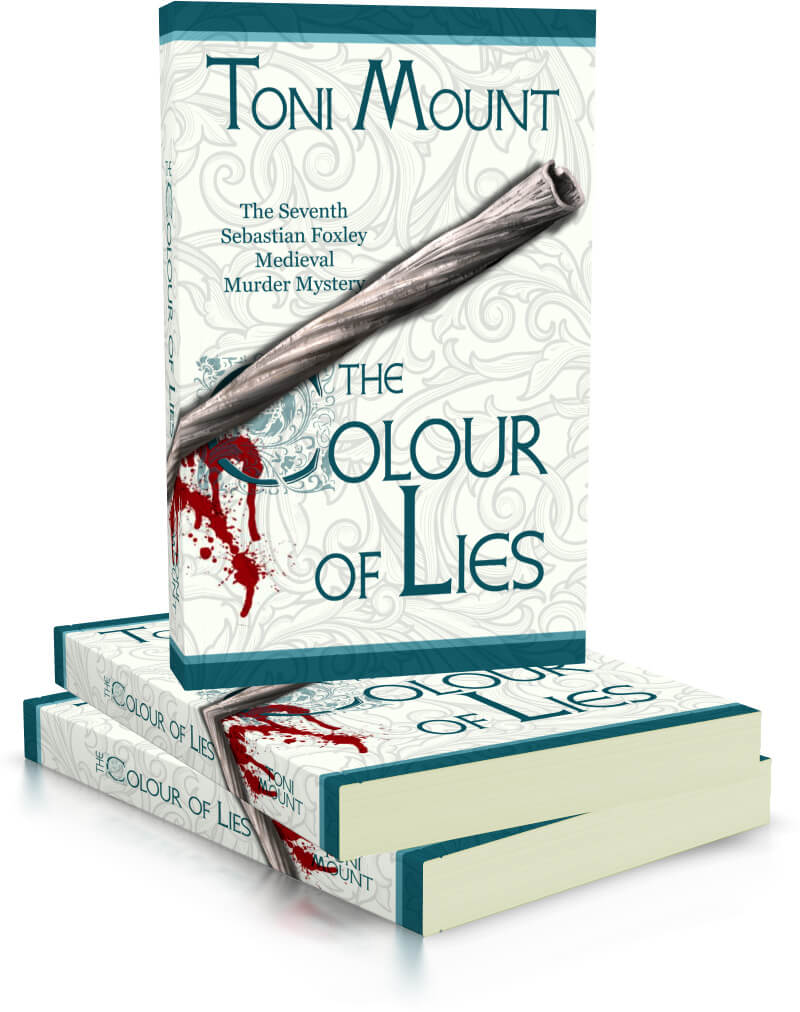
- The Colour of Poison
- The Colour of Gold
- The Colour of Cold Blood
- The Colour of Betrayal
- The Colour of Murder
- The Colour of Death
- The Colour of Lies
- OUT LATE 2019 – The Colour of Shadows
********************
Toni can be found here on social media and the internet:
www.ToniMount.com | www.SebastianFoxley.com | www.ToniTalks.co.uk
You can follow Toni on social media at:
www.facebook.com/toni.mount.10 | www.facebook.com/sebfoxley/
www.facebook.com/medievalengland/ | www.twitter.com/tonihistorian



